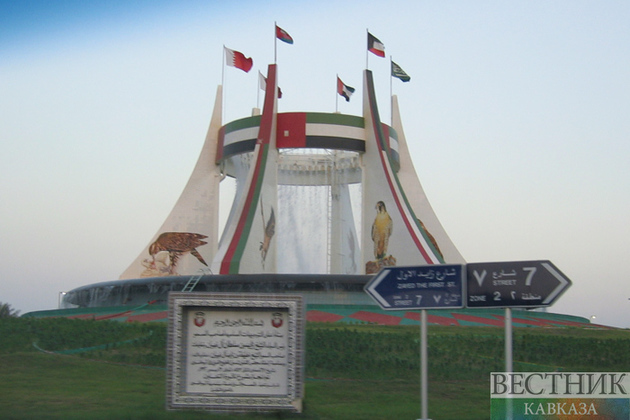Saudi Arabia’s economy is expected to grow 8.3 percent in 2022, before moderating to 3.7 percent and 2.3 percent in 2023 and 2024 respectively, according to the latest report released by the World Bank, Arab News writes. In its ‘Gulf Economic Update’ report, the World Bank noted the growth in the oil sector is driving the Kingdom’s economy forward.
According to the report, countries in the Gulf Cooperation Council are expected to grow 6.9 percent in 2022 before moderating to 3.7 percent and 2.4 percent in 2023 and 2024 respectively, primarily driven by stronger hydrocarbon and non-hydrocarbon industries.
The report further pointed out that an increase in oil and gas prices, along with the ongoing conflict in Ukraine, is expected to provide a windfall for the GCC. “Booming hydrocarbon prices have eased pressure on fiscal balances and public sector debt and has increased current account surpluses in the GCC,” said the World Bank in the report.
The World Bank also noted that GCC countries are still struggling to diversify their economies which have been dependent on oil for several decades. “Despite efforts by GCC countries, diversification is still below potential. There is progress in the non-oil economy but limited success in non-oil exports,” said the report.
The Gulf region’s collective budget surplus is expected to reach 5.3 percent of gross domestic product by the end of this year. The surplus will then level to reach 4.2 percent of GDP in 2023 and 2 percent the year after, showing significant progress from the pandemic-driven deficit in 2020 at 10.8 percent of GDP.
The report noted that Saudi Arabia will record its first surplus in 9 years at 6.8 percent of GDP by the end of this year, whereas Bahrain will be the only GCC country to remain in deficit in 2022.
As a result of the promising fiscal position of the GCC, the borrowing needs of the gulf countries will drop thus promoting balance sheet resilience in the region, explained the report.
“In Saudi Arabia, public debt remains low and is expected to stay constant in nominal terms as the government plans to refinance the existing debt instead of using the large fiscal surplus to repay it,” the report added.






